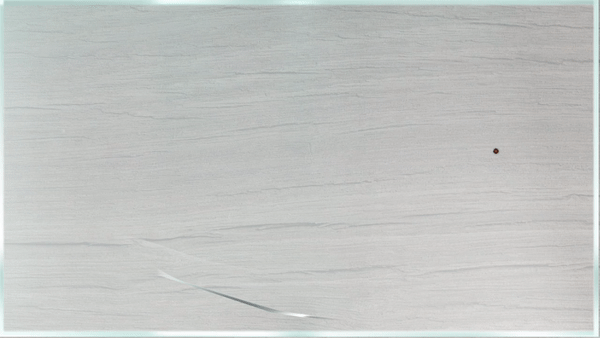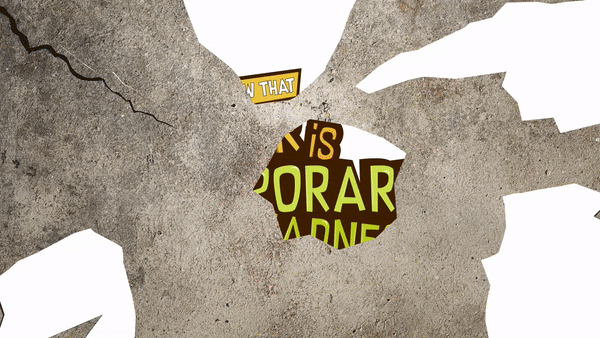Anger Flanker (ICM Final)

For our Intro to computational media final, we combined it with Physical Computing. It was reasonable for us to combine the two subject making them into one core deliverable. Anger flanker is a research driven, conceptual based and arcade inspired game that allows the user to use their physical strength and screaming their hearts out to interact and simulate anger. The process of creating our interactive piece was not an easy one. We went through tough times contemplating on different possibilities.
Areas of Exploration
Swaying back to our research and ideation (process 1, process 2) that we had done, we started to piece our research together and wanted to explore the emotions of our user which became the main essence of our interactive piece.
We wanted to create an interactive piece that was almost impossible for someone to feel positive. This would mean that the piece would drive anger in them and being able to capture their emotions on their face as it happen. The captured emotions on their face will be then be read as API and categorised to three different emotions, happy, sad, frustrated. This API will trigger a change in the environment of the user interacting with our work, for example the level of interactivity will be easier for the user to win and the LED lights surrounding the interactive piece will change. The emotion tracker is based on a library (clm tracker) that is readily available here.

After getting the emotion tracker in placed. We moved on to the next phase of the interactive piece which was the interaction itself. We were inspired by the idea of labyrinth and getting lost in the maze with time constrained. I planned and created a sketch that resembles a labyrinth, however, we realised that it lacks of dynamism.
You can view the full screen here.

We began to look for more references that is more dynamic and far more engaging. We came across one game online and find it very engaging, equipped with visual effects and sound. It was an almost perfect reference for us. The source code is readily available for anyone to observe here.

However, I felt that with a game setting, it does not do our concept any justice. It was too disconnected and I wanted something impactful, something that people could relate to in real life and create meanings. Our presentation in class for ICM and Allison's comments played a huge role in opening up new ways of thinking.
It was back to the drawing board for us, we really had to rethink about the process for the user, paying special attention to minute details.

After creating the user experience system plan and making further research, we understood better what we needed to do to create an impactful interaction piece. We saw an installation art that revolves around mental health and were inspired by it. The installation art was surrounded by button images that contained words common people may have unpleasant experience/memories with.

We thought it would be a great idea if the user goes through a physical experience and conclude the interaction with a positive message to lighten their mood.
The Act of Anger
Anger is an act that is hard to control, anger is usually ignited when someone is provoked constantly or a particular action that errs the person, it was impossible to trigger anger instantly. In order to relay back to our concept, I felt it was best if we could use the actions that is commonly driven by anger i.e: clenching of first, stomping, breaking an item or shouting and use these as a way for the user to interact with the piece.

We thought the best way to do this is to create a piece where the user could break something and scream their hearts out. The main objective of the interactive piece is to create a space for anyone to vent their anger or frustrations in the most satisfying mean possible.
The Process
We cracked our brains out and thought of the best way that would be satisfying for a user to user all those actions mentioned earlier. We considered greatly and felt that it would be great if the user could break a wall/floor.
I designed the prototype for visualisation. The funnel - like looking enclosure would hold the monitor where the user will be able to have a personalised space of their own.


We decided to illustrate and animate the walls cracking and render them to multiple videos instead of using p5Js. We wanted to achieve that near realistic feel for the user upon breaking the wall. We initialise the idea by using a placeholder video found on youtube.
Since I am well versed with animation, I created the assets for our interactive piece. We agree to make the user go through three different levels of breaking, a glass, wood and a wall.



Reading screaming frequency
We wanted to the user to scream as they interact with the piece, as this happens, there will be a feedback that the user will be greeted with. We wanted to make it simple, as the user scream, p5Js will read the frequency and a text that says 'scream louder' will appear.
You can view it full screen here.
Source code.
Twitter Bot
As the user interact with the piece, we insist that there will be words of anger, or situation where people felt angry and tweet about it. We had this running to further provoke the user if they too are facing the same issues as others at the same time.
Source code.
Issues
After breaking the videos into multiple series of videos, we faced some problems. The local server that we host kept giving us issues, python server could not handle the multiple videos that we had and therefore we use a node.js to run the videos.
Conclusion
Following with all the feedbacks given during user testing, we are proud to say that we are really happy with our product. It serves a great purpose for those who would need an outlet to vent their anger/frustration. We see this as a great product to be placed in institutions/offices where users can vent their anger without causing harm to themselves or others. The product could further be improved by providing a far more intimate space for the user to scream, there could also be possibilities other than glass, wood and a wall.
A collection of user testing
Words of acknowledgement
I would like to thank Allison Parrish for her utmost patience in teaching Intro To Computational Media. It is without her guidance and high knowledge in this subject that this project along with my basic skills in coding could come to fruition.
















